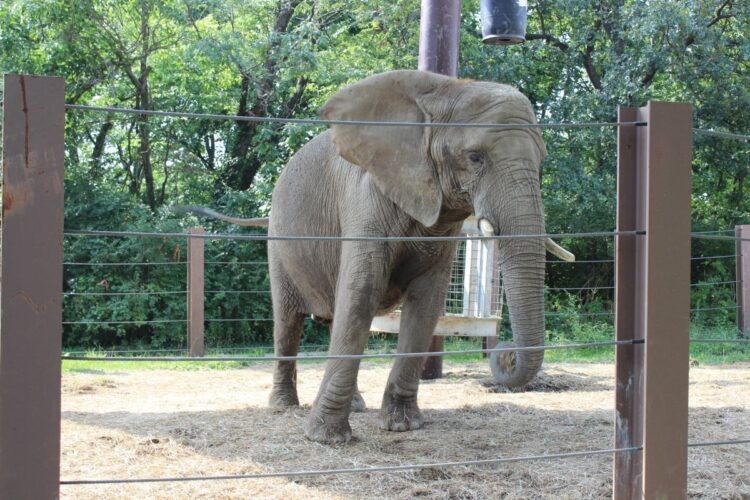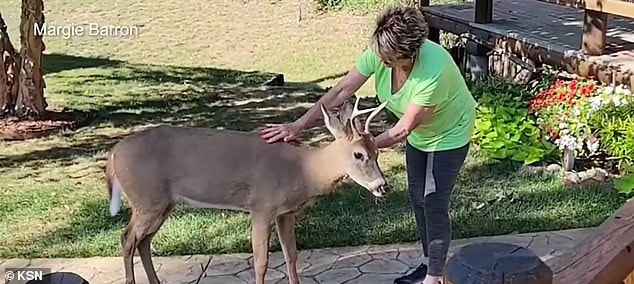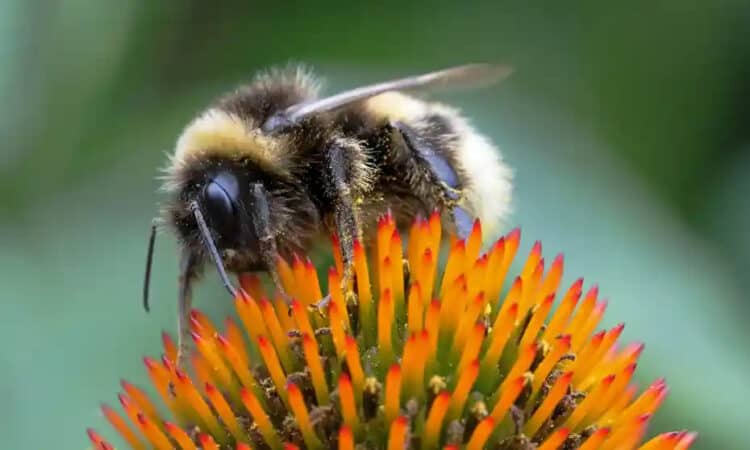To decrease cattle predation, ranchers and hunters turn to mass coyote hunts. However, in Kansas, the hunts may be encouraging coyotes to reproduce even more rapidly.
Ranchers in western Kansas are outraged when their cattle are preyed upon by predators. That includes coyotes in that part of the country.
According to High Plains Public Radio reporter David Condos, these attacks account for around 5% of calf mortality and cost millions of dollars.
Coyote hunting has been practiced in Kansas for more than a century, but the state’s coyote population has more than tripled since the 1980s.
“You’ll often hear the phrase ‘kill one coyote and two show up to her burial,'” Project Coyote’s Michelle Lute explains.
Lute, a carnivore conservation manager, explains that with less competition for food, female coyotes will have larger litters and can reach sexual maturity sooner — compensating for the loss from such hunts with higher reproduction rates.
Non-lethal methods to reduce predation are available and more effective. Lute lists guardian dogs, turbo fladry (electrified fences with flags) and a modern version of shepherds known as range riders as alternatives to hunting.
When it comes to coyote encounters with livestock, Lute points out “non-lethal methods are the most effective methods at preventing risk before it ever happens.”
This article by David Condos and Michelle Lute was first published by KCUR on 10 February 2022. David Condos, reporter, High Plains Public Radio and Kansas News Service. Michelle Lute, Ph.D., national carnivore conservation manager, Project CoyoteLead Image: Since the 1950s, coyotes have stretched their territory across North America by 40 percent. U.S. Fish & Wildlife Service.
What you can do
Support ‘Fighting for Wildlife’ by donating as little as $1 – It only takes a minute. Thank you.
Fighting for Wildlife supports approved wildlife conservation organizations, which spend at least 80 percent of the money they raise on actual fieldwork, rather than administration and fundraising. When making a donation you can designate for which type of initiative it should be used – wildlife, oceans, forests or climate.







Leave a Reply